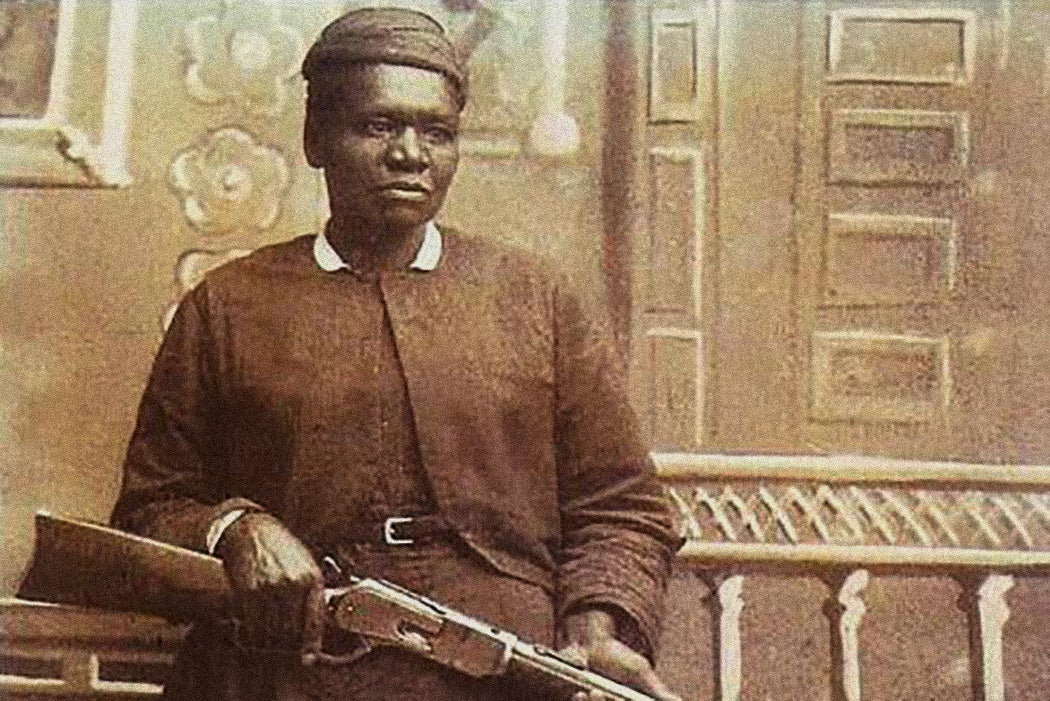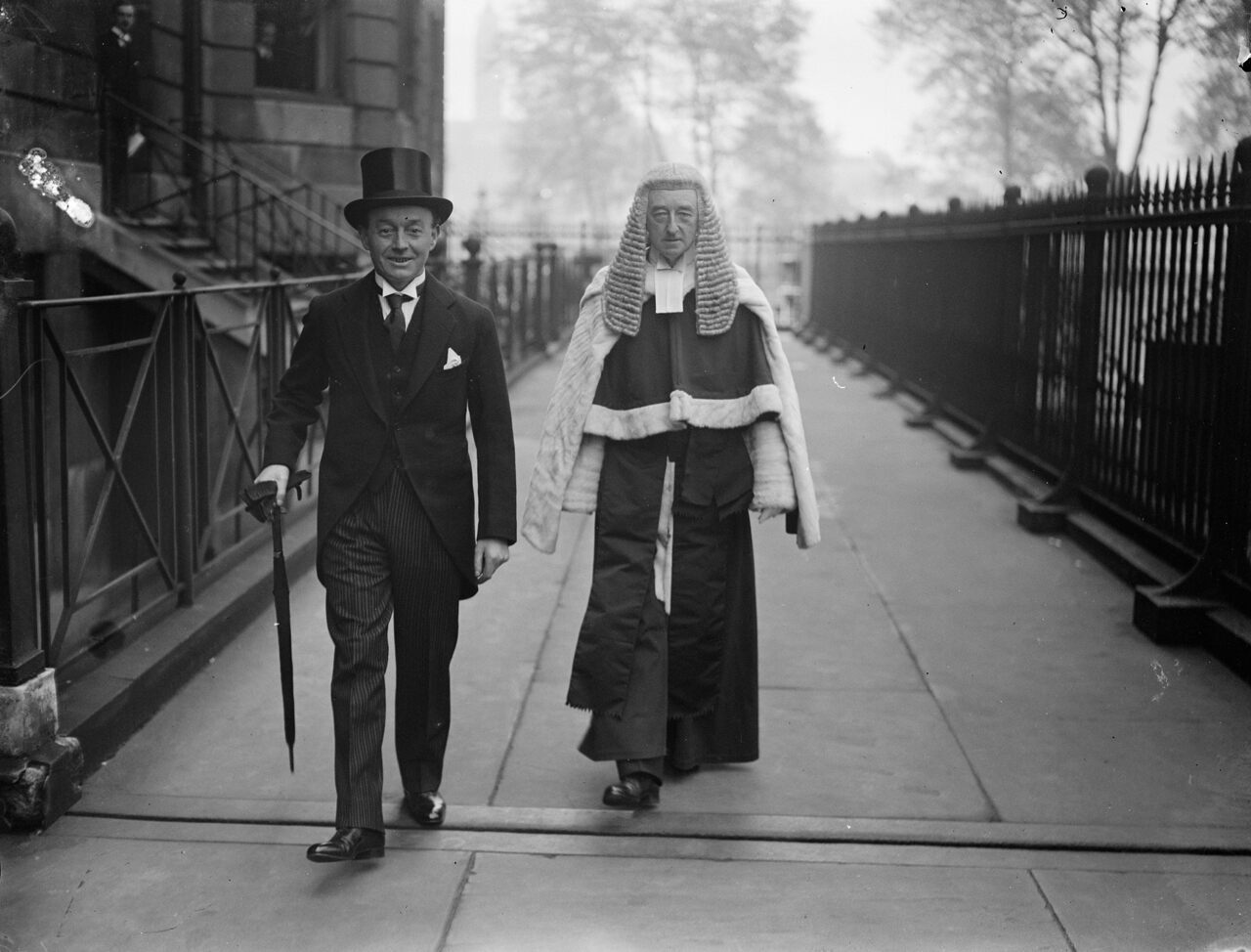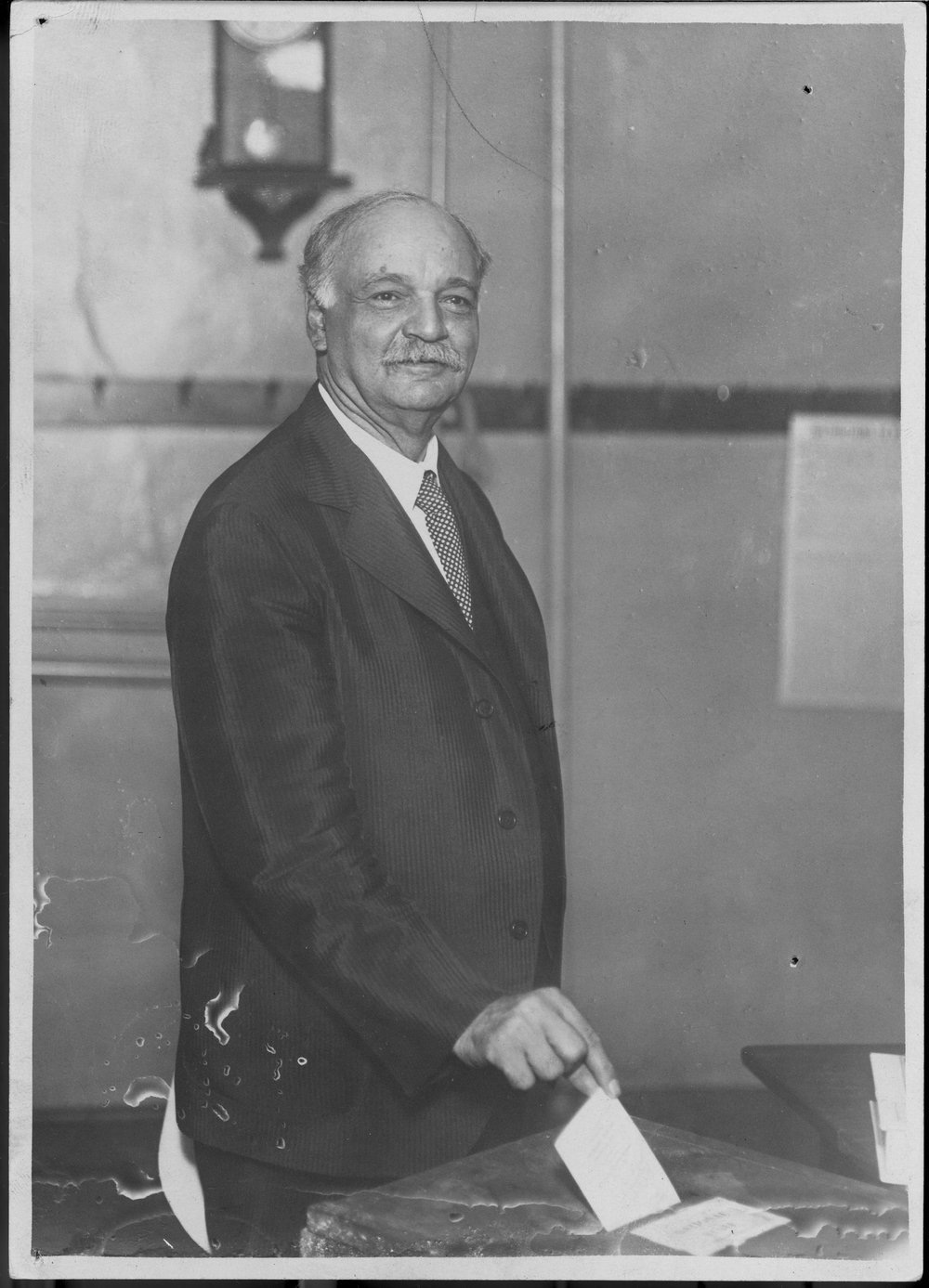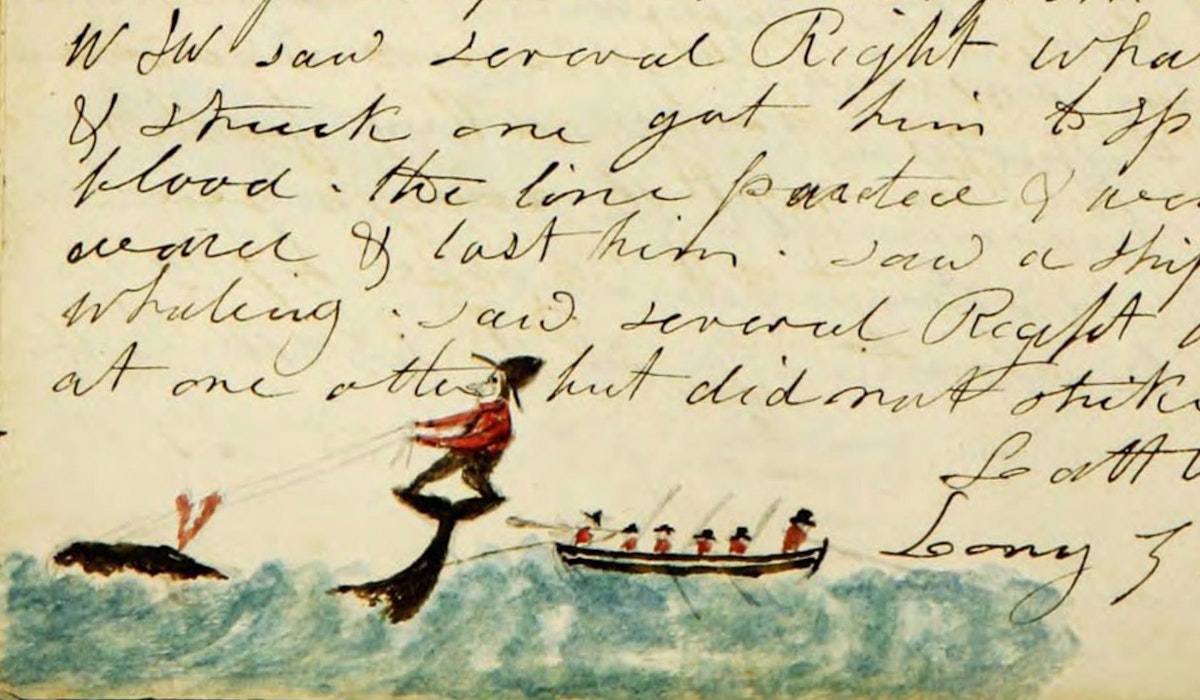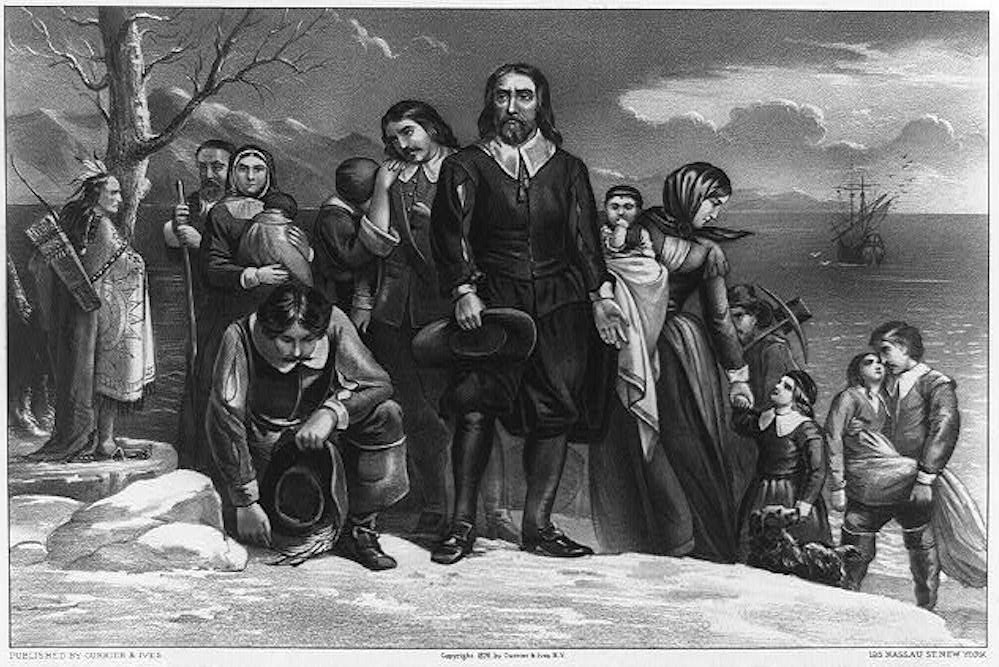
via JSTOR
If you haven’t yet finished your holiday shopping, chances are you are aware, more so than usual, of issues with the global supply chain. Whether it’s shipping delays, container shortages, or workforce disruption, we have all become armchair experts in the logistics of delivery.
The myths around Christmas have always been lessons in supply chain management. The three wise men (or Magi) bring to the manger gold, frankincense, and myrrh: tokens of kingship, divinity, and humanity, and of wealth gathered from the ends of the earth. Frankincense, an expensive fragrance, came from India and Arabia; myrrh, an embalming oil, came from bushes in Ethiopia and Arabia. While Christmas shopping as we know it began in the early nineteenth century, gift-giving has long been part of the holiday imaginary, and Santa Claus’ sleigh ride across the globe now offers an optimistic vision of a world unified by the economies of transportation—a vision that the COVID-19 pandemic is both exposing and unraveling.
So begins Ayelet Haimson Lushkov’s seasonally-tied summary of historian Matthew Fitzpatrick’s article “Provincializing Rome: The Indian Ocean Trade Network and Roman Imperialism.” You can read Lushkov’s entire JSTOR piece here.


